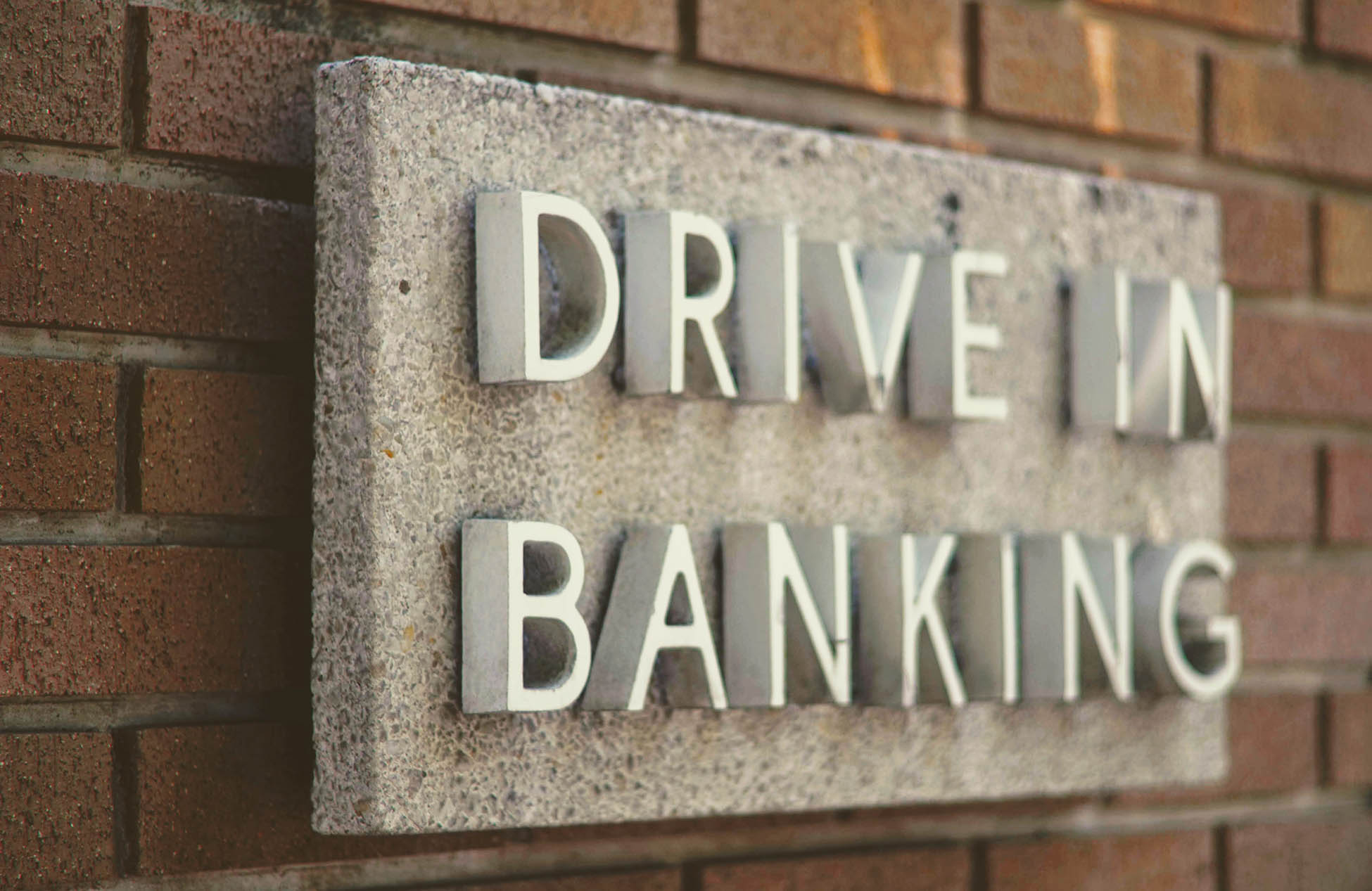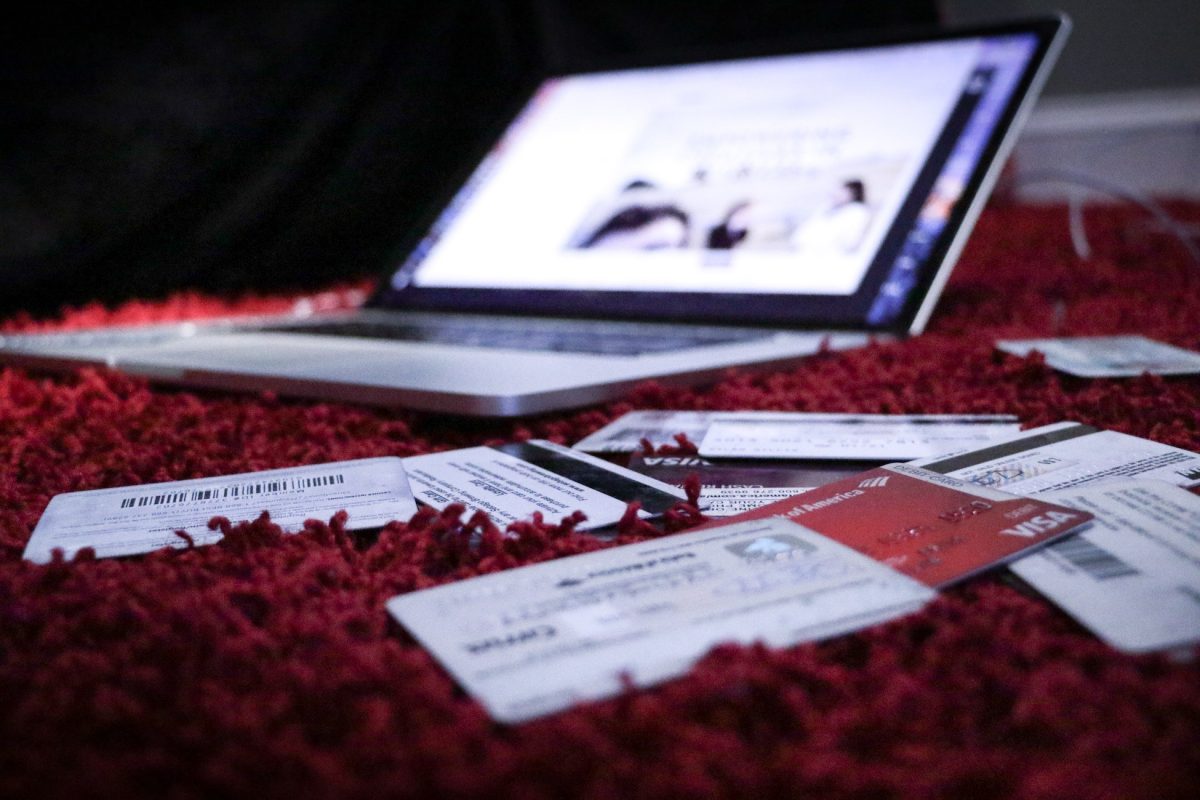Ever wondered what secret number unlocks that shiny $5000 loan, or if your credit score is the golden ticket to financial freedom? Let’s dive deep into the world of credit scores, loan requirements, and strategies to navigate personal finance with a wink, a nod, and a healthy dose of savvy millennial grit. Whether you’re a college grad looking to consolidate debt, a young professional planning your next big adventure, or a Gen Z go-getter aiming to build solid credit, this guide breaks down everything you need to know to secure a $5000 loan—even if your credit score isn’t Hollywood-perfect.
What Credit Score Do I Need for a $5000 Loan Table of Contents
Understanding the Credit Score Landscape
The $5000 Loan: What Exactly Are You Looking For?
Credit Score Ranges: What’s Acceptable for a $5000 Loan?
How Lenders Evaluate Your Creditworthiness
What to Do If Your Score Isn’t Where You Want It to Be
Loan Terms, Interest Rates, and the Fine Print
Practical Steps to Secure a $5000 Loan
Real-World Scenarios: Credit Scores in Action
Common Misconceptions About Credit Scores and Loans
Emerging Trends in Lending and Credit Scoring
Building a Solid Financial Foundation for the Future
Resources and Community Support: Your Next Steps
Navigating the Road Ahead: A Strategic Plan for Financial Growth
Understanding the Credit Score Landscape
Before you can score that $5000 loan, you need to understand what these pesky numbers mean. Your credit score isn’t just a number—it’s an ongoing story about how you manage money, credit, and responsibility. Think of it as your financial Tinder profile: swiped right if you’re responsible, swiped left if you’re a bit risky. Essentially, your credit score is calculated based on several key factors: payment history, the amounts you owe, the length of your credit history, types of credit in use, and any new credit inquiries.
Lenders use this score to determine how likely you are to repay borrowed funds. The higher your score, the more likely it is that you’ll snag that loan at an attractive interest rate. But what if your score seems more like a C- student’s grade rather than an A+? Don’t sweat it! There are plenty of strategies to boost your credit or find a loan that fits your unique financial story.
Popular credit scoring models like FICO and VantageScore each have their own criteria, but they generally agree on the basics. A score above 700 is usually seen as “excellent,” while anything below 600 might put lenders on high alert. When it comes to a $5000 loan, the threshold can vary significantly depending on whether you’re dealing with traditional banks, credit unions, or alternative lenders.
The $5000 Loan: What Exactly Are You Looking For?
A $5000 loan might seem like a small sum to some, but for many, it represents a critical lifeline—be it for consolidating debt, covering an emergency expense, or even funding a side hustle. The interesting part? Not every lender demands a superstars’ credit score for this amount. Some online lenders and credit unions are more flexible, basing their decision on a combination of credit history, current income, and overall financial behavior.
Before you put in an application, it’s crucial to understand what lenders evaluate. Sure, your credit score plays a starring role, but other factors like your debt-to-income ratio, employment history, and even your spending habits can influence the process. The $5000 loan market is diverse, and while some might insist on strict credit qualifications, others are more willing to look beyond the number and consider the bigger picture.
The bottom line? There is no one-size-fits-all answer to “What credit score do I need for a $5000 loan?” It depends on the lender. Traditional banks may require a score in the mid-600s or higher, while alternative online platforms might consider scores in the high 500s as long as other financial indicators are strong.
Credit Score Ranges: What’s Acceptable for a $5000 Loan?
Let’s break down the typical credit score ranges and how they relate to your chances of approval:
- Excellent (750+): Riding high on your financial game? With a score in this range, you’ll generally have your pick of lenders and access to the best interest rates available.
- Good (700-749): A solid score that earns you favorable terms with most reliable lenders. A $5000 loan is well within reach, and you’re likely to receive competitive offers.
- Fair (650-699): Not too shabby! Lenders may offer you a loan, but interest rates could be a bit higher. It’s still an accessible range for a $5000 loan, though you might want to shop around.
- Poor (600-649): Things get trickier. Lenders might be cautious, but don’t despair—there are specialized lenders who focus on subprime loans. They’ll likely compensate for the higher perceived risk with higher rates or stricter terms.
- Bad (below 600): It’s not the end of the world, but traditional loans might be out of reach. At this point, it can be wise to seek targeted financial products designed for credit rebuilding, like secured loans or credit-builder loans.
Keep in mind that these ranges aren’t set in stone. Lenders often consider more than just your account number—they take a holistic look at your financial behavior. So if your credit score is in the “fair” range, you might still score a decent deal with the right lender.
How Lenders Evaluate Your Creditworthiness
Sure, your credit score is a hot topic, but it’s just one piece of the puzzle. Lenders dive into your entire financial picture when you apply for a $5000 loan. Here’s what they typically investigate:
Payment History
This is the bread and butter of your financial reputation. Lenders want to see that you’ve paid your bills on time—more than 35% of your score is typically based on this criterion. Missed or late payments can really dent your chances.
Debt-to-Income Ratio (DTI)
Think of your DTI as your financial balancing act. Lenders calculate this ratio by dividing your monthly debt payments by your monthly income. A lower ratio suggests you have ample cash flow to cover new loan payments. Even if your credit score isn’t perfect, a strong DTI can help earn you a nod of approval.
Credit Utilization
This tells lenders how much of your available credit you’re using. The golden rule? Keep your credit utilization under 30%. If you’re maxing out your cards, that’s a red flag—even if your score technically looks good.
Length of Credit History
The longer you’ve been responsibly managing credit, the better. Lenders see a robust credit history as evidence of stability and reliability.
Credit Mix and New Inquiries
Demonstrating that you can handle a variety of credit accounts—from credit cards to installment loans—can boost your score. However, a slew of recent inquiries might signal financial distress.
In summary, while your credit score is front and center, lenders also scrutinize your overall financial behavior to determine if you’re a safe bet for a $5000 loan.
What to Do If Your Score Isn’t Where You Want It to Be
Not all hope is lost if your credit score isn’t singing in harmony with a dreamy loan approval. There are plenty of things you can do to improve your score or seek alternatives that don’t rely solely on your credit rating.
Steps to Improve Your Credit Score
One of the first steps is to check your credit report for any inaccuracies. You’d be surprised how many people find mistakes that can drag down their score—and a quick dispute might give you an instant boost.
Next, work on reducing your debt-to-income ratio. Paying down outstanding balances, keeping credit card usage low, and setting up automatic payments to avoid forgetting due dates are all small moves that add up to big improvements.
Exploring Secured Loans and Credit-Builder Products
If your credit score is currently more “meh” than “magnificent,” consider secured loans or credit-builder products. Secured loans require collateral—like a savings account or vehicle—which significantly reduces the lender’s risk. In return, you’re more likely to get approved, even if your credit history isn’t perfect.
Credit-builder loans function similarly by allowing you to borrow a small amount that’s held in a secured account until you repay it. The loan payments are then reported to the credit bureaus, which helps improve your score over time.
Shop Around for Lenders That Understand Your Situation
Not all lenders are created equal, and some specialize in helping those who are in the midst of rebuilding their credit. Check out online lenders, credit unions, and local banks that offer flexible criteria for a $5000 loan. It pays to do your homework and read customer reviews—sometimes the best rates and terms are found in unexpected places.
Ultimately, whether you decide to improve your score first or jump into a tailored loan product, remember that financial growth is a journey. With consistent effort and by choosing the right products, your credit score will improve, and options that once seemed out of reach will become attainable.
Loan Terms, Interest Rates, and the Fine Print
Once your credit score and application pass muster, the next stage is understanding the finer details of your loan offer. The $5000 loan may come with a flurry of terms and conditions, and while it might be tempting to sign on the dotted line immediately, it pays to pause and read the fine print.
Interest rates are often the linchpin of a loan’s cost. Borrowers with excellent credit scores usually receive the best rates. On the flip side, if your credit score is less than stellar, you might face higher rates, which translates into higher monthly payments and a larger overall cost for the loan. Additionally, lenders might tack on fees such as origination fees, processing fees, or even prepayment penalties.
Dissecting these details is crucial. Ask yourself: Is there room for negotiation? Would a slightly longer repayment term reduce my monthly payments? Do I really understand all of the fees involved? A little extra legwork now can save you a lot of headaches—and dollars—in the long run.
Practical Steps to Secure a $5000 Loan
Now that we’ve navigated the credit score maze and loan terms, let’s check out some practical steps to actually secure that elusive $5000 loan.
Step 1: Know Your Credit Score
Grab your phone, log into one of those free credit monitoring sites, and check your score. Knowledge is power—and it’s the first step in understanding which lenders you’ll be working with.
Step 2: Gather Your Financial Documents
Think of this step as preparing for a big date with your lender. You’ll need recent pay stubs, bank statements, tax returns—basically, anything that shows you’re a financially responsible human being.
Step 3: Shop Around and Compare Offers
Don’t just settle for the first offer that comes your way. Explore various options, compare interest rates, fees, and repayment terms. You’d be surprised how much you can save by making a few phone calls or searches online.
Step 4: Consider a Co-Signer
If you’re struggling with a lower credit score, a co-signer might help smooth the road. A trusted friend or family member with a robust credit history can lend you the extra credibility you need.
Step 5: Read Every Word Before You Sign
Finally, take a deep dive into the loan agreement. Ask questions, and don’t be afraid to negotiate terms if something feels off. Your financial future is at stake, so give yourself the best chance to understand what you’re committing to.
Real-World Scenarios: Credit Scores in Action
Let’s break down some real-world scenarios to see how credit scores and personal circumstances can impact your ability to land that $5000 loan.
Scenario 1: The Credit Champ
Meet Alex. With a credit score of 780, Alex is the poster child for responsible credit management. Lenders are practically throwing offers at Alex—competitive interest rates, flexible terms, and little to no fuss about additional requirements. For Alex, a $5000 loan might be a simple upgrade or a way to finance a new gadget or experience.
Scenario 2: The Credit Riser
Then there’s Jamie, whose credit score hovers around 670. Not exactly the star student of the credit world, but far from a lost cause. Jamie has a steady income and a decent payment history but might face slightly higher interest rates. With some shopping around, Jamie can still secure a $5000 loan from lenders that cater to those with a fair credit record. It’s all about finding the right match.
Scenario 3: The Credit Rebuilder
Finally, we have Taylor. Taylor’s credit score sits in the lower 600s, a remnant of past financial missteps. However, Taylor is on a mission to rebuild credit—by cutting down monthly expenses, making timely payments, and using a credit-builder loan. Specialized lenders, credit unions, or even secured loan options can come to Taylor’s rescue, albeit with slightly higher interest rates and perhaps more stringent terms. The key takeaway? Today’s score isn’t a life sentence; it’s a starting point for improvement.
Each of these scenarios illustrates that while credit score thresholds do play a significant role in the loan process, they don’t necessarily determine your fate. With the right preparation and a strategic approach, there is room for everyone in the lending arena.
Common Misconceptions About Credit Scores and Loans
As you dive deeper into your financial journey, a few myths about credit scores and loan approvals might pop up. Let’s debunk some of these common misconceptions:
Myth 1: You Need a Perfect Credit Score
While a high credit score opens many doors, lenders understand that life happens—unexpected expenses, temporary setbacks, and even mistakes are part of most credit histories. A “perfect” score isn’t a necessity for securing a $5000 loan.
Myth 2: Applying for a Loan Hurts Your Credit Score Irrevocably
Multiple inquiries in a short span can impact your score, but responsible shopping for loans within a set period is usually treated as a single inquiry by credit scoring models. So, do your homework, but don’t panic if you see one or two hard inquiries.
Myth 3: Only Banks Can Offer the Best Loan Terms
Credit unions and online lenders might offer surprisingly competitive products that are more flexible for borrowers with a wide range of credit scores. Always check multiple sources before making your decision.
Myth 4: A Low Credit Score Means You’re Doomed to High Interest Rates
While a lower score might result in higher rates, it’s not the end of the road. With time, effort, and smart choices, you can improve your financial profile. Meanwhile, lenders that specialize in subprime loans exist precisely for borrowers in your situation.
Emerging Trends in Lending and Credit Scoring
The landscape of lending is evolving, thanks largely to technology and a deeper understanding of consumer behavior. Financial institutions are increasingly using alternative data—like utility payments, rent history, and even social media activity—to supplement traditional credit scores. This means that if your conventional credit score isn’t the highest, other aspects of your financial life might still speak volumes on your behalf.
Peer-to-peer lending platforms and fintech innovators are shaking up the industry, offering products that often have more flexible criteria compared to traditional banks. These trends are particularly attractive to Millennials and Gen Z borrowers who value transparency, speed, and a digital-first experience.
Moreover, as financial education becomes more accessible, you’ll find a growing number of resources and apps dedicated to helping you monitor and boost your credit score. Staying informed and engaged with these trends can give you an edge—no matter where you currently stand on the credit spectrum.
Building a Solid Financial Foundation for the Future
Securing a $5000 loan is often just one step toward a broader journey of financial health. Even if you’re just starting out, the habits you form now—budgeting, paying bills on time, tracking expenses—will pay dividends in the long run. Think of it as laying the groundwork for financial independence.
It’s not just about borrowing money—it’s about making informed decisions that lead to lasting stability. Every on-time payment, every bit of debt reduction, and every strategic inquiry into the market is an investment in yourself. Over time, these practices don’t merely improve your credit score; they build your financial confidence and empower you to seize more opportunities.
Remember, financial well-being is a marathon, not a sprint. Embrace the journey with patience and persistence, and celebrate every win—big or small.
Resources and Community Support: Your Next Steps
Looking for extra guidance, peer support, or expert advice to help you boost your credit score and secure that crucial $5000 loan? You’re in luck. Online communities, credit counseling services, and personal finance blogs are some fantastic resources to keep you on track.
Check out forums and social media groups where fellow borrowers share their success stories and practical tips. Many platforms offer free webinars and interactive tools to monitor and improve your credit. Local credit unions and nonprofit organizations also frequently host financial literacy workshops—perfect for those eager to learn and connect with experts face-to-face.
Whether you’re looking for personal guidance or just a community that understands your financial struggles and triumphs, these resources can provide the extra boost you need. Embrace the power of community advice, and don’t hesitate to reach out if you need a lending tip or financial pep talk.
Navigating the Road Ahead: A Strategic Plan for Financial Growth
So, what’s the game plan? Whether you’re aiming to secure a $5000 loan today or working on long-term credit health, here’s a strategic roadmap to guide your journey:
1. Get Accurate with Your Credit Score
First things first: check your credit report for free through trusted sites. Dispute any errors promptly and set up a plan to address areas needing improvement.
2. Optimize Your Financial Profile
Tackle debt-to-income ratios by paying down balances and keeping your credit utilization low. Automate bill payments to avoid accidental lapses and strengthen your payment history.
3. Research Loan Options Thoroughly
Explore a variety of lenders: traditional banks, credit unions, and online platforms. Compare their rates, fees, and repayment terms to find the best fit for your current financial status.
4. Build Emergency Savings
Even as you consider new loan opportunities, building up an emergency fund can provide a cushion for unexpected expenses. This proactive approach can ease lender concerns and contribute to overall financial health.
5. Invest in Continued Financial Education
Whether it’s through books, podcasts, or online courses, keeping up with personal finance trends and credit management tips can pay off in the long run. Knowledge isn’t just power—it’s money saved and opportunities gained.
By tackling these steps one at a time, you position yourself for both immediate opportunities—like that $5000 loan—and ongoing financial success. Remember, every little step you take adds up, and consistency is key.
FAQs: What Credit Score Do I Need for a $5000 Loan?
We’ve gathered some of the most commonly asked questions about securing a $5000 loan and how your credit score factors into the process. Check these out for quick answers to help guide you on your path to financial empowerment.
1. What is the minimum credit score needed for a $5000 loan?
There isn’t a one-size-fits-all answer—the required credit score ranges from lender to lender. Traditional banks may require a score in the mid-600s or higher, while alternative lenders might approve loans with scores in the high 500s based on other financial factors.
2. Can I qualify for a $5000 loan with a fair or poor credit score?
Yes, you can. Many lenders offer products specifically designed for borrowers with fair or poor credit. While the interest rates may be higher, securing a loan is definitely possible if you have other strong financial credentials.
3. How do lenders decide on the interest rate for a $5000 loan?
Lenders determine the interest rate based on your credit score, repayment history, debt-to-income ratio, and other factors such as employment stability. A higher credit score typically results in more competitive rates.
4. What steps can I take to improve my credit score before applying for a loan?
Start by checking your credit report for errors, lower your credit utilization, pay bills on time, and work on reducing your debt-to-income ratio. These small changes can have a notable impact on your score over time.
5. Are there alternative loan options if my credit score is too low?
Yes, there are alternatives such as secured loans, credit-builder loans, or loans through online platforms that use alternative data to assess creditworthiness. Exploring these options can help you get approved even if your score is lower.
6. How long does it take to improve my credit score significantly?
It depends on your financial habits and the severity of any past credit issues. Generally, with responsible behavior, many people see improvements within six to twelve months.
Whether you’re rebuilding or aiming to keep your score pristine, patience and consistency are key.
Your Next Steps: Embrace Financial Empowerment
With all this information at your fingertips, what’s next? Whether you’re ready to apply for a $5000 loan or just looking to boost your credit score for future opportunities, remember that every savvy financial decision is a building block toward a secure, independent future. Take action by assessing your current credit status, exploring the myriad of lending options available, and committing to smart financial habits.
Now is the perfect time to dive into resources on personal finance, engage with communities that share your goals, and consult with experts who can offer tailored advice. Your financial story is uniquely yours, and every step you take—no matter how small—brings you closer to achieving the financial freedom you deserve.
So go ahead: check your credit, shop around for that ideal $5000 loan, and don’t let any minor bumps in your numeric reputation hold you back. Your journey to a more empowered financial future starts right now—embrace it with confidence, humor, and a determination to thrive.













